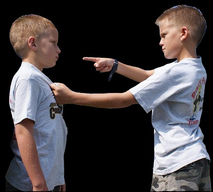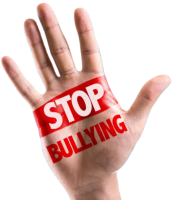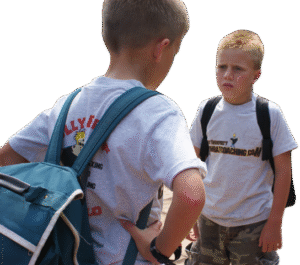

Why Bully Proof your child?
For thousands of children, the school is a battleground where they are subjected to physical or verbal abuse by fellow students.
Bullying is an age-old and worldwide problem and form of school violence. Because of the misperception that bullying is just a part of the process of growing up, many children keep quiet about abuse and many educators fail to take action.
This is in spite of the fact that it can have negative lifelong social, emotional, psychological and educational consequences, both for perpetrators and for their victims.


Follow us for the latest news

There are various different forms of bullying. Common examples include:
- Verbal bullying includes such acts as hurtful name-calling, persistent teasing, gossiping and racist remarks.
- Relational bullying occurs when the victim is deliberately excluded from activities.
- Emotional bullying includes terrorizing, extorting, defaming, humiliating, blackmailing, rating/ranking of personal characteristics such as race, disability or ethnicity, manipulating friendships, ostracizing and peer pressure.
- Sexual bullying includes many of the above as well as exhibitionism, sexual positioning, sexual harassment and abuse involving actual physical contact and sexual assault.
Why do some people bully others?
There are many reasons.
Those who bully may:
- Pick on just anyone or choose their victim
- Find that bullying pays (get what they want or admired by others)
- aggressive and impulsive
- enjoy feeling powerful over others
- not be affected by the distress of the victim
- believe that some kinds of people deserve to be bullied
- see it as fun
- have been influenced by aggressive 'models' (in real life and/or TV)
- see the behaviour as 'pay-back' for some unfair treatment
- be or have been victims themselves
Why do children get bullied?
Any child can get bullied just by being in the wrong place at the wrong time.
Sometimes children who are popular, smarter or attractive can be victims of bullying and then also those who seem easy to hurt.
Children can be picked on who look different or are different, came from a different culture or religion. Children who have a disability or are not good at sport. Children can also be targeted due to their size, age or strength and who lack social confidence.
